There are words that feel like silence.
“Zen” is one of them.
It doesn’t shout its meaning; it invites you to listen. It’s less a doctrine and more a way of being — a quiet revolution that asks us to stop searching outward and start seeing inward.
Over time, Zen has flowed beyond temple walls into art, architecture, and design. Its essence lives in the sweep of a brush, the raked lines of a sand garden, or the stillness between two notes in shakuhachi music.
To understand Zen is not to collect ideas, but to let them dissolve — one by one — until only awareness remains.
Yet for those of us drawn to its beauty, there are certain guiding lights — key concepts that shape the Zen way. Let’s walk through them together.
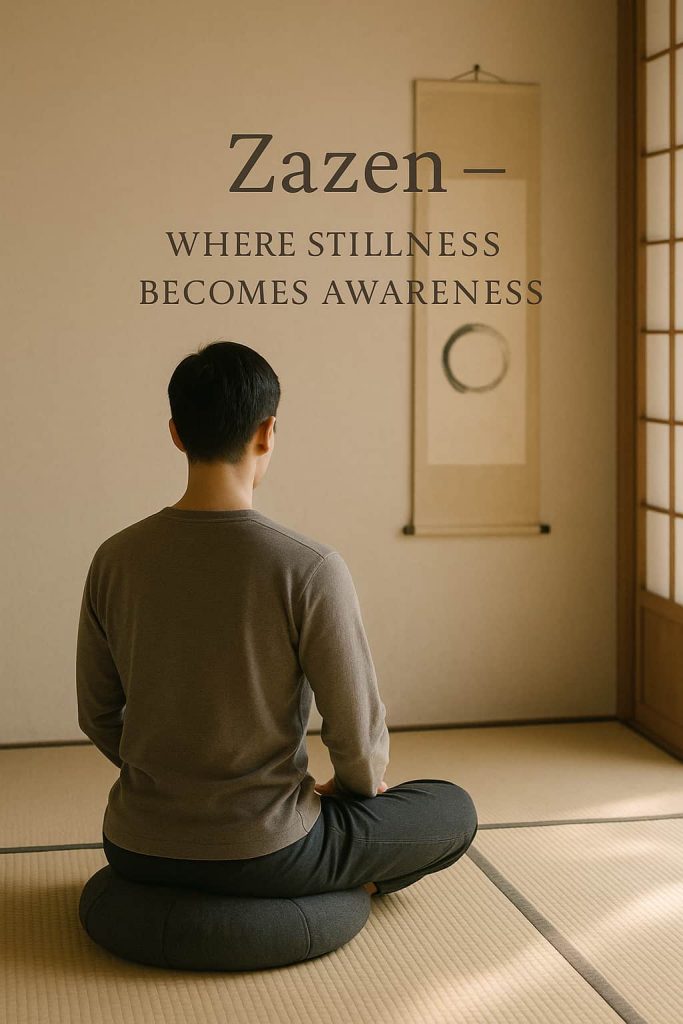
1. Zazen: The Art of Sitting Still
All Zen begins with zazen, the practice of seated meditation. It may sound simple — sitting in silence, spine upright, breath steady — but in that simplicity lies its quiet power.
In zazen, there’s no goal, no object to fix your attention on. Thoughts drift in and out like clouds, and the body becomes a landscape of awareness. As Dōgen, the great Zen master, wrote: “Think of not-thinking. How do you think of not-thinking? Beyond-thinking.”
Think of not-thinking. How do you think of not-thinking? Beyond-thinking.
Dōgen, the great Zen master
This sitting, this act of being fully present in your own breath, is the ground of everything that follows.
Artists know this state — that timeless moment before brush meets paper, when you and the work become one. In that instant, there is no artist, no art — only being.
2. Mindfulness in the Present Moment
If zazen is the root, then mindfulness is the blossom.
Zen calls it ichigo ichie (一期一会) — “one time, one meeting.” Every moment is unrepeatable. Every cup of tea, every sunrise, every shared silence is its own small eternity.
In daily life, this means giving full attention to whatever is before you — washing a bowl, trimming a bonsai, walking to work. No multitasking, no racing thoughts, no future plans. Just this.
It sounds modest, but it’s transformative. In a world of endless noise, the Zen act of being present becomes a form of rebellion — a return to wholeness.
3. Kansō: The Beauty of Simplicity
Zen finds clarity not in abundance, but in the absence of excess.
This is the principle of kansō (簡素) — simplicity, purity, and the quiet power of restraint.
To live with kansō is to let go of what does not serve the spirit. In art, it’s the single brushstroke that speaks more than a hundred lines. In a home, it’s a room with only what is loved and needed.
Kansō isn’t austerity — it’s freedom.
By removing clutter, we allow what truly matters to shine through.
This idea breathes through Japandi interiors, where space and light are treated as design elements, and natural textures replace decoration. It’s the calm of an empty shelf, the poetry of negative space, the gentle pause that gives form meaning.
4. Kenshō and Satori: Seeing One’s True Nature
There are moments in life when something drops away — and you suddenly see.
In Zen, this awakening is called kenshō (seeing one’s true nature) or satori (a flash of enlightenment). It’s not about mystical visions or divine light. It’s more like remembering something ancient you’d forgotten — that you and the world are not separate.
Zen masters often describe it with humor: “Before enlightenment, chop wood, carry water. After enlightenment, chop wood, carry water.”
Nothing changes, and yet everything does. The ordinary becomes luminous.
Artists have touched this state. Think of the single, fluid brushstroke of an ink painting — done in one breath, uncorrected, alive. In that stroke, there’s no ego, no hesitation — only presence. That is kenshō in motion.
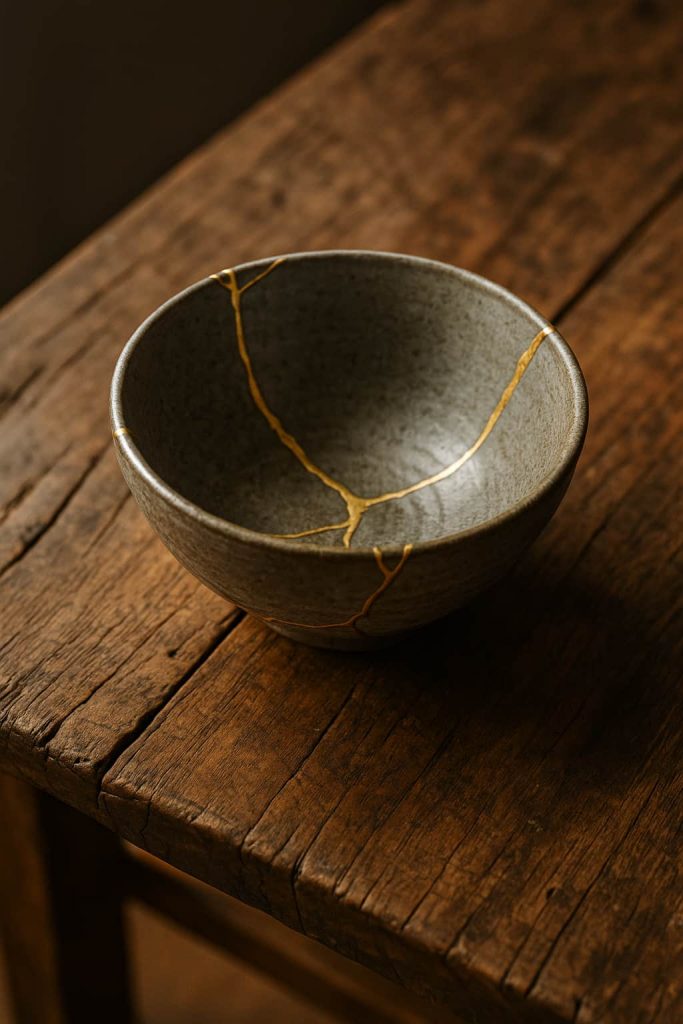
5. Wabi-Sabi: The Beauty of Impermanence
Zen teaches that perfection is not the goal; truth is.
And truth, in nature and in art, is imperfect, impermanent, and incomplete. This sensibility is captured in the aesthetic of wabi-sabi — the beauty of things humble, weathered, and fleeting.
A cracked tea bowl repaired with gold. The patina on old wood. The quiet dignity of withering leaves in autumn.
In wabi-sabi, beauty lies in the unpolished — the marks of time, the poetry of decay. It reminds us that everything changes, and that change is not something to fear, but to honor.
This same idea shapes Japandi interiors, where the warmth of natural textures and muted palettes create a space that breathes. Minimalism, yes — but not sterile. It’s a living calm.
Wabi-sabi is the heart whispering: you are enough as you are.
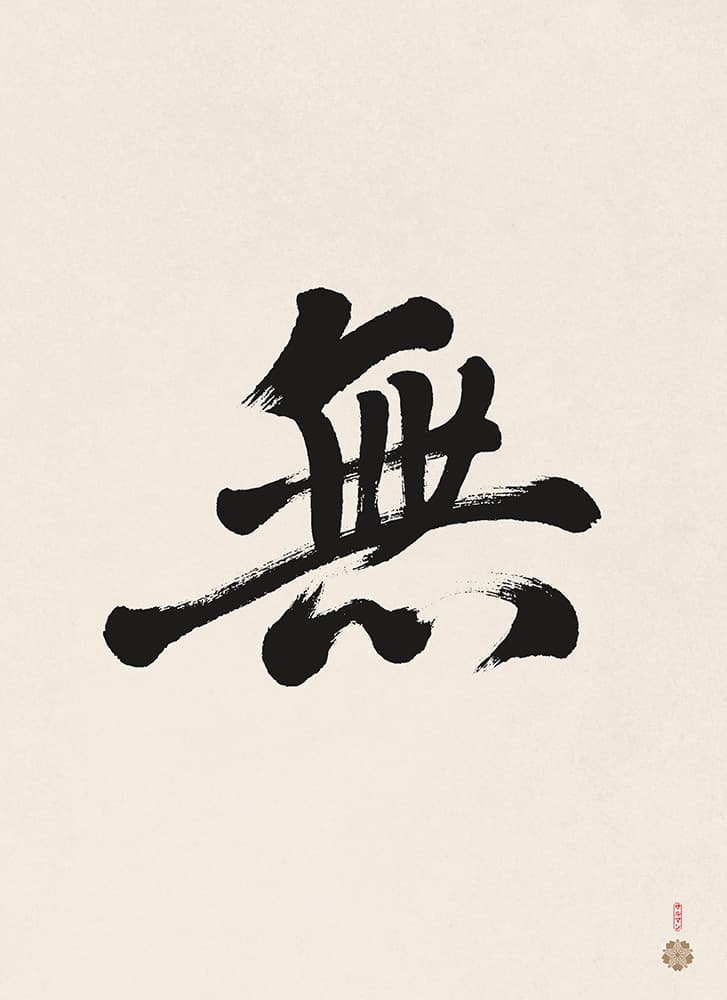
6. Mu: The Power of Nothingness
If Zen were to choose one word to describe reality, it might be Mu (無) — often translated as “nothingness.”
But Mu isn’t a void or a denial. It’s the vast openness that allows everything to exist.
The space between notes that makes the music sing.
The white paper that gives ink its voice.
The pause in a conversation that reveals understanding.
In Japanese art, this space is called ma (間) — the interval between things. Mu and ma are siblings in silence.
Zen gardens embody this truth. The raked gravel doesn’t try to depict the ocean; it is the ocean, in essence. Mu invites us to stop naming, stop defining — and simply be.
When we let go of our need to fill every silence, every space, we discover that emptiness is not lack — it’s peace.
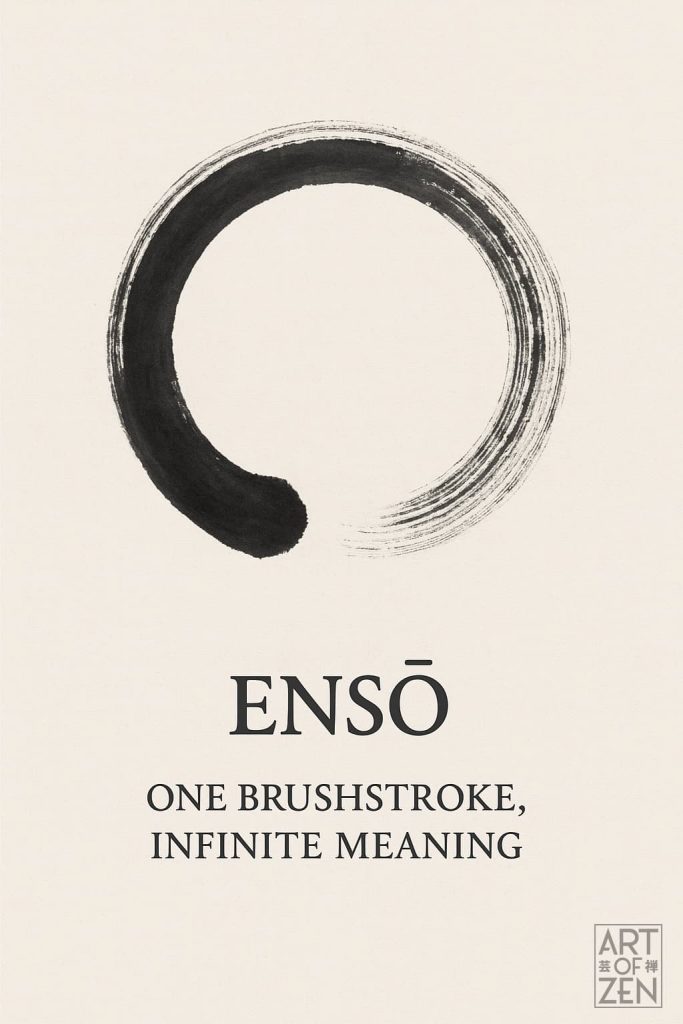
7. Ensō: The Circle of Enlightenment
Among all Zen symbols, none is as quietly profound as the ensō — the hand-drawn circle.
Painted in one unbroken brushstroke, the ensō embodies the moment of creation — the breath, the motion, the imperfection. Some artists close the circle, others leave it open. Both are complete.
The ensō represents everything and nothing: unity, enlightenment, the beauty of imperfection. It’s the circle of the self returning to the self.
When I first saw an ensō in person — a single stroke of black ink, bold yet trembling — I felt as if the artist had captured the rhythm of the universe in one breath.
In a sense, the ensō is the visual echo of zazen: stillness meeting motion, emptiness giving birth to form.
It’s no wonder modern designers and architects echo its spirit — in circular windows, curved lines, and spaces that feel effortless.
Further reading: The Enso Circle in Modern Design: Influences and Inspirations
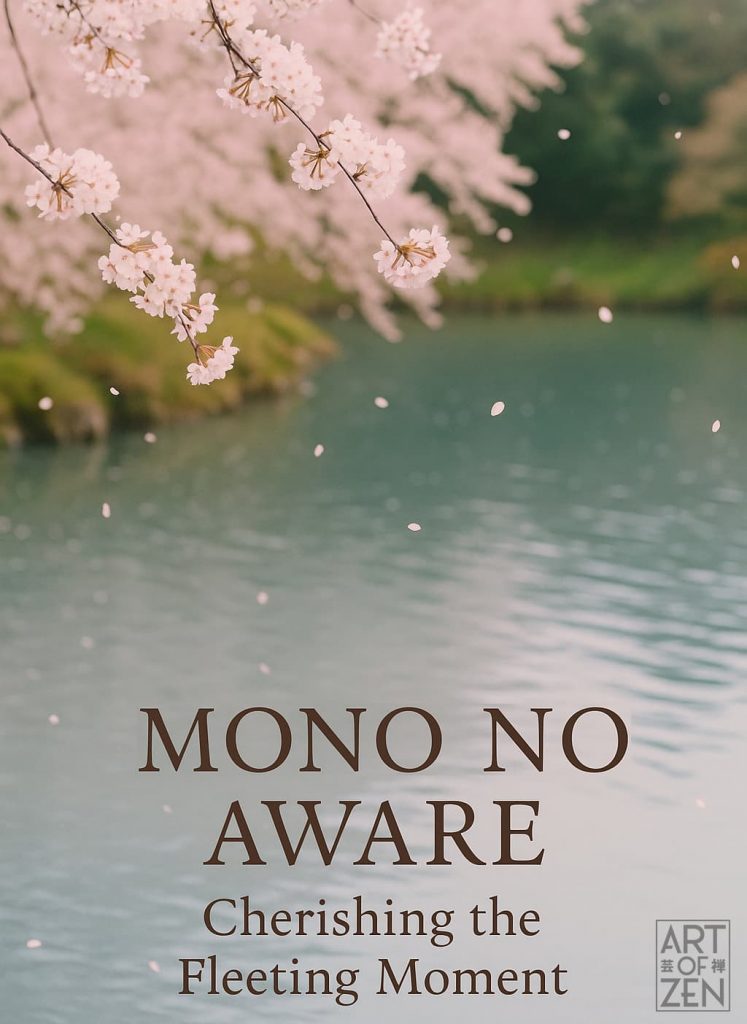
8. Mono no Aware: The Pathos of Things
If wabi-sabi is the appreciation of imperfection, mono no aware is the tenderness we feel toward impermanence itself.
It’s the awareness that everything we love will pass — and the quiet ache that comes with it.
When cherry blossoms fall, we don’t mourn; we marvel. The fleetingness is what makes them beautiful.
This sentiment runs deep through Japanese art. In ukiyo-e, waves rise only to fall, seasons turn endlessly, and lovers part beneath the moon. Life is transient — and that’s why it matters.
Zen asks us not to cling but to cherish. To feel fully, knowing it will fade.
That bittersweet awareness is not sadness; it’s compassion — for all things that live and change.
9. Everyday Zen: The Sacred in the Ordinary
Perhaps the greatest teaching of Zen is that enlightenment is not found in temples or scriptures, but in everyday life.
The master Ikkyū once said, “Many paths lead to the top of the mountain, but at the peak we all gaze at the same bright moon.”
The master Ikkyū once said, “Many paths lead to the top of the mountain, but at the peak we all gaze at the same bright moon.”
For most of us, that path winds through the mundane — washing dishes, making coffee, folding laundry. Zen doesn’t ask us to escape these moments; it asks us to inhabit them.
When you pour tea slowly, feel the warmth of the cup. When you walk, notice the weight of your steps. When you speak, let words rise from kindness.
In this way, the ordinary becomes sacred.
Zen is not about rejecting life’s messiness but about moving through it with grace and awareness.
It is art in its purest form — the art of living.
The Art of Letting Go
At its core, Zen is a process of unlearning.
It asks us to release our grasp on ideas, judgments, even the notion of “self.” It’s not about becoming someone new; it’s about seeing that there was never anyone to become.
When the mind quiets, reality reveals itself — raw, luminous, free.
This spirit flows through Japanese art and design, from Hokusai’s waves to the meditative patterns of a raked garden. Even the minimalism of modern Japandi spaces carries this lineage — simplicity not for style, but for clarity.
To live with Zen awareness is to live as part of the world, not apart from it.
Closing Reflection
Zen isn’t something to master.
It’s something to return to — over and over, like the breath.
You might begin with zazen, or with mindful tea.
You might find it in a morning walk, in the hush of dawn, in a simple act of kindness.
Zen is everywhere — in the sound of rain, in an unfinished brushstroke, in the moment before you speak.
As Dōgen wrote, “When you walk in the mist, you get wet without knowing it.”
That’s how Zen enters your life — quietly, completely.
✨ Try This: A Small Zen Practice
Sit quietly for five minutes today.
Notice your breath.
When your mind wanders, smile at it, and return.
When you stand up, do so slowly.
That’s all. That’s Zen.
Read More:
- How Danshari Transforms Your Home into a Zen Sanctuary
- 10 Steps to Create a Beautiful Japandi Home
- 6 Japanese Home Rules to Bring Zen into Your Space
- How Mujō 無常 Inspires Zen Practice, Ukiyo-e Prints, and Modern Design
- How to Design a Biophilic Home That Feels Like a Breath of Fresh Air

At The Art of Zen we carry a selection of our own hand-crafted original Japanese art prints in the ukiyo-e and Japandi style. Some of our best selling work is Mount Fuji wall art and Japandi wall art.
Add some zen to your space with brilliant original art from the Art of Zen shop.
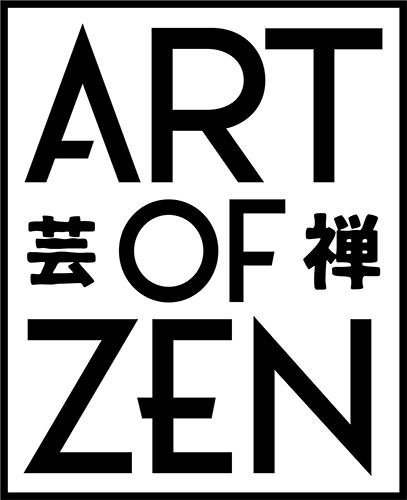
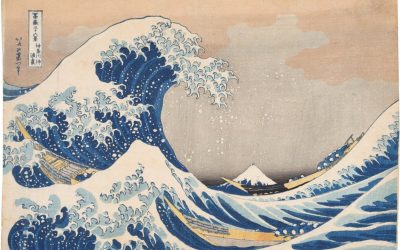
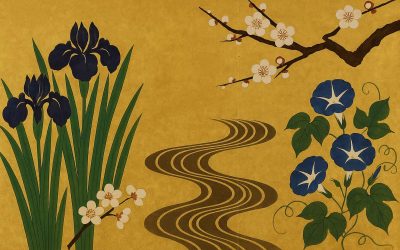

0 Comments